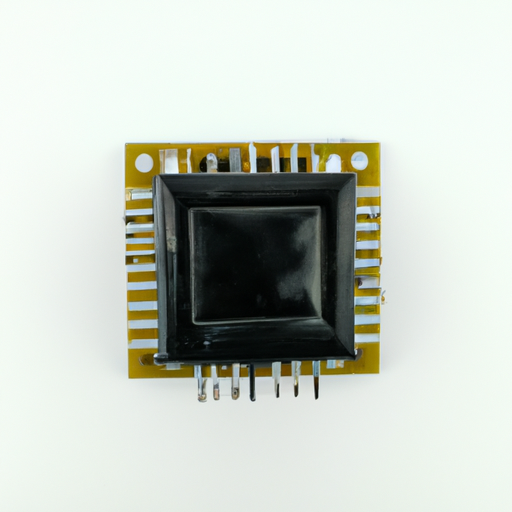Title: Solid State Relay: A Comprehensive Guide to Component Class Recommendations

1. Understanding Solid State Relays (200 words) 1.1 Definition and Working Principle 1.2 Advantages over Electromechanical Relays 1.3 Applications and Industries
2. Key Considerations for SSR Selection (300 words) 2.1 Load Voltage and Current Ratings 2.2 Input Control Voltage 2.3 Switching Speed and Response Time 2.4 Isolation and Protection Features 2.5 Ambient Temperature and Environmental Conditions
3. Component Class Recommendations (500 words) 3.1 Class A SSRs 3.1.1 Features and Benefits 3.1.2 Suitable Applications 3.1.3 Examples of Class A SSRs
3.2 Class B SSRs 3.2.1 Features and Benefits 3.2.2 Suitable Applications 3.2.3 Examples of Class B SSRs
3.3 Class C SSRs 3.3.1 Features and Benefits 3.3.2 Suitable Applications 3.3.3 Examples of Class C SSRs
3.4 Class D SSRs 3.4.1 Features and Benefits 3.4.2 Suitable Applications 3.4.3 Examples of Class D SSRs
4. Comparison of Component Classes (300 words) 4.1 Performance Comparison 4.2 Cost Comparison 4.3 Reliability and Durability Comparison 4.4 Application-Specific Considerations
5. SSR Selection Tips and Best Practices (200 words) 5.1 Consult Manufacturer Datasheets and Specifications 5.2 Consider Future Expansion and Load Variations 5.3 Seek Expert Advice and Recommendations 5.4 Test and Validate SSR Performance
6. Conclusion (100 words) In conclusion, selecting the appropriate component class for solid state relays is crucial to ensure optimal performance, reliability, and safety in various applications. This article has provided a comprehensive guide on component class recommendations, highlighting the features, benefits, and suitable applications for each class. By considering the load requirements, control voltage, switching speed, and environmental conditions, engineers and enthusiasts can make informed decisions when choosing the right SSR for their specific needs.
Title: Solid State Relay: A Comprehensive Guide to Component Class Recommendations

1. Understanding Solid State Relays (200 words) 1.1 Definition and Working Principle 1.2 Advantages over Electromechanical Relays 1.3 Applications and Industries
2. Key Considerations for SSR Selection (300 words) 2.1 Load Voltage and Current Ratings 2.2 Input Control Voltage 2.3 Switching Speed and Response Time 2.4 Isolation and Protection Features 2.5 Ambient Temperature and Environmental Conditions
3. Component Class Recommendations (500 words) 3.1 Class A SSRs 3.1.1 Features and Benefits 3.1.2 Suitable Applications 3.1.3 Examples of Class A SSRs
3.2 Class B SSRs 3.2.1 Features and Benefits 3.2.2 Suitable Applications 3.2.3 Examples of Class B SSRs
3.3 Class C SSRs 3.3.1 Features and Benefits 3.3.2 Suitable Applications 3.3.3 Examples of Class C SSRs
3.4 Class D SSRs 3.4.1 Features and Benefits 3.4.2 Suitable Applications 3.4.3 Examples of Class D SSRs
4. Comparison of Component Classes (300 words) 4.1 Performance Comparison 4.2 Cost Comparison 4.3 Reliability and Durability Comparison 4.4 Application-Specific Considerations
5. SSR Selection Tips and Best Practices (200 words) 5.1 Consult Manufacturer Datasheets and Specifications 5.2 Consider Future Expansion and Load Variations 5.3 Seek Expert Advice and Recommendations 5.4 Test and Validate SSR Performance
6. Conclusion (100 words) In conclusion, selecting the appropriate component class for solid state relays is crucial to ensure optimal performance, reliability, and safety in various applications. This article has provided a comprehensive guide on component class recommendations, highlighting the features, benefits, and suitable applications for each class. By considering the load requirements, control voltage, switching speed, and environmental conditions, engineers and enthusiasts can make informed decisions when choosing the right SSR for their specific needs.